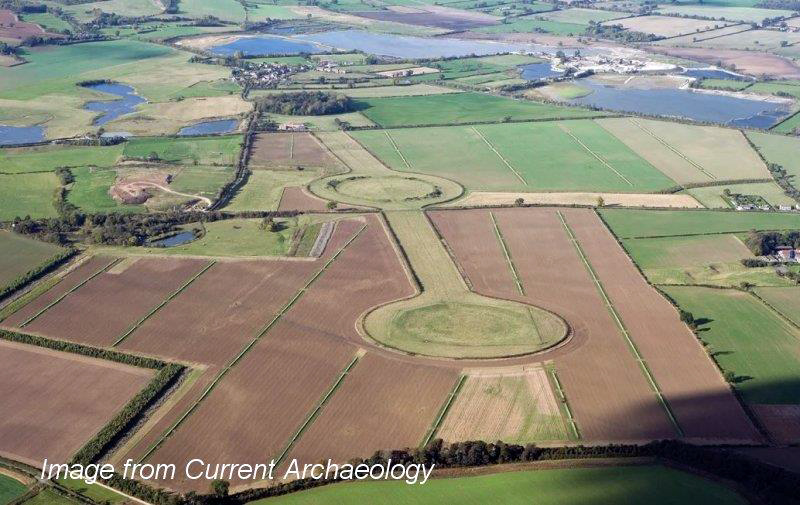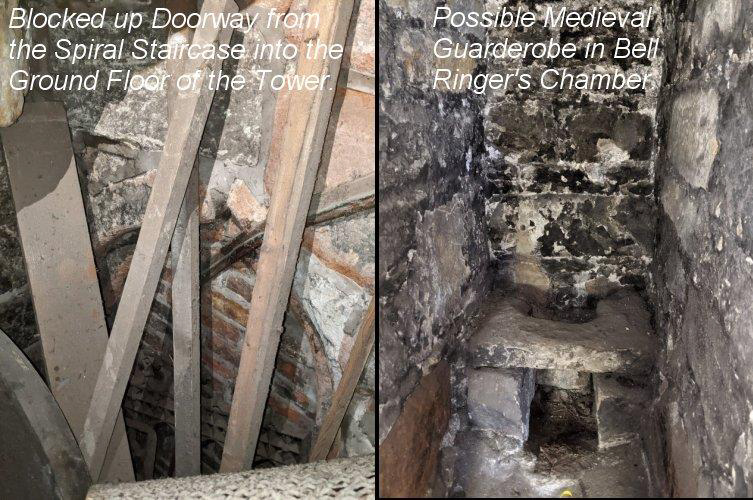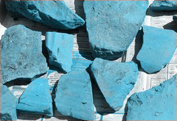
Great news to hear that two of the three magnificent Thornborough henges in North Yorkshire have been gifted to the Nation. They are now in the stewardship of English Heritage and are at last open to the public. The issue with the henges first came to our attention as early as 2003 when Tarmac, the then owners, were wanting to extend their gravel-quarrying operations in the area (Newsletter 68). We covered the story in following Newsletters (74, 89 and 91). Tarmac's argument was that they would not be touching the monuments and the area around them had shown very little or no evidence of archaeological activity. This was partly true but the Friends of Thornborough, who had been formed to fight the application, had argued that this was because the area had not been properly investigated. In 2005 they managed to secure a delay in a decision to grant Tarmac's application, which gave English Heritage the opportunity set up an Air Photo Mapping Project to study the surrounding landscape. The result seemed to vindicate Tarmac but despite this in 2006 the original application was thrown out. However, the project had shown up areas where quarrying could safely take place - and so the following year Tarmac signed up to a compromise, where they agreed to fund further research in exchange for permission to quarry the areas identified. They also promised to restore the surrounding land and give public access to the two henges they owned. In 2012 the Thornborough Heritage Trust was formed and a year later Jan Harding, a founder member, was able to publish a CBA Research Report. This significantly increased the knowledge and understanding of the complex - 'most important prehistoric site between Stonehenge and Orkney'. You can find out more about this story on Current Archaeology's website here and English Heritage's website here. These are fascinating monuments and, now that the two are open to the public, it would perhaps make a good Society trip - a bit of a ride out but there are other sites in the area such as the Devil's Arrow's just off the A1(M).
Church Tower Update
We have been able to make two more visits last month to the Parish Church Tower but progress is slow, checking and rechecking dimensions. However despite the challenges we are making some headway with most of the ground floor and bell ringer's chamber done. What is intriguing us now is the amount of erosion of the red sandstone blocks on the inside of the bell ringer's chamber. It seems to suggest the tower was open to the elements at some point in its history. This sandstone is of a quite poor quality and the surface could have succumbed to biodegradation from bacterial growth if the tower was allowed to get damp inside. On our next visits we will be looking at the upper levels including the clock room and belfry. As always you can follow our progress on our Site Diary.

Research Framework for Northwest England
It seems ages ago that I attended one of the steering group meetings held in Lancaster. However at long last, the latest version has recently been published and, significantly, is now available online here (previous versions are also available on the website). Research frameworks are useful in helping to identify what is significantly important in the region archaeologically. They provide research questions and objectives to help co-ordinate and focus research efforts. Their creation brings people together across various sectors including local authorities, contractors, academics and of course voluntary groups like ours. Notably some current work, such as our site in Aspull and the Roman fort at Burscough, are missing but these will be added to the next version when the reports for these are published.
Next Meeting
Wednesday 1st March - at the Real Crafty on Upper Dicconson Street starting at 7.30pm as usual. This month we will be having Kevin Wright from Tameside Archaeological Society (TAS) telling us about their ongoing research project at Grange Farm. TAS first started looking at the site which lies at the east end of the M67, when a link road was proposed, bypassing Mottram as part of the Trans Pennine road route. They have so far been able to discover both Mesolithic and Neolithic activity. Kevin will reveal all, hope you can make it - BA.
|



